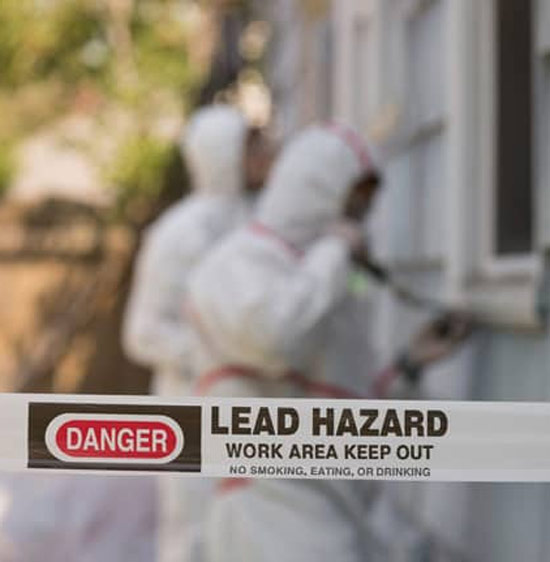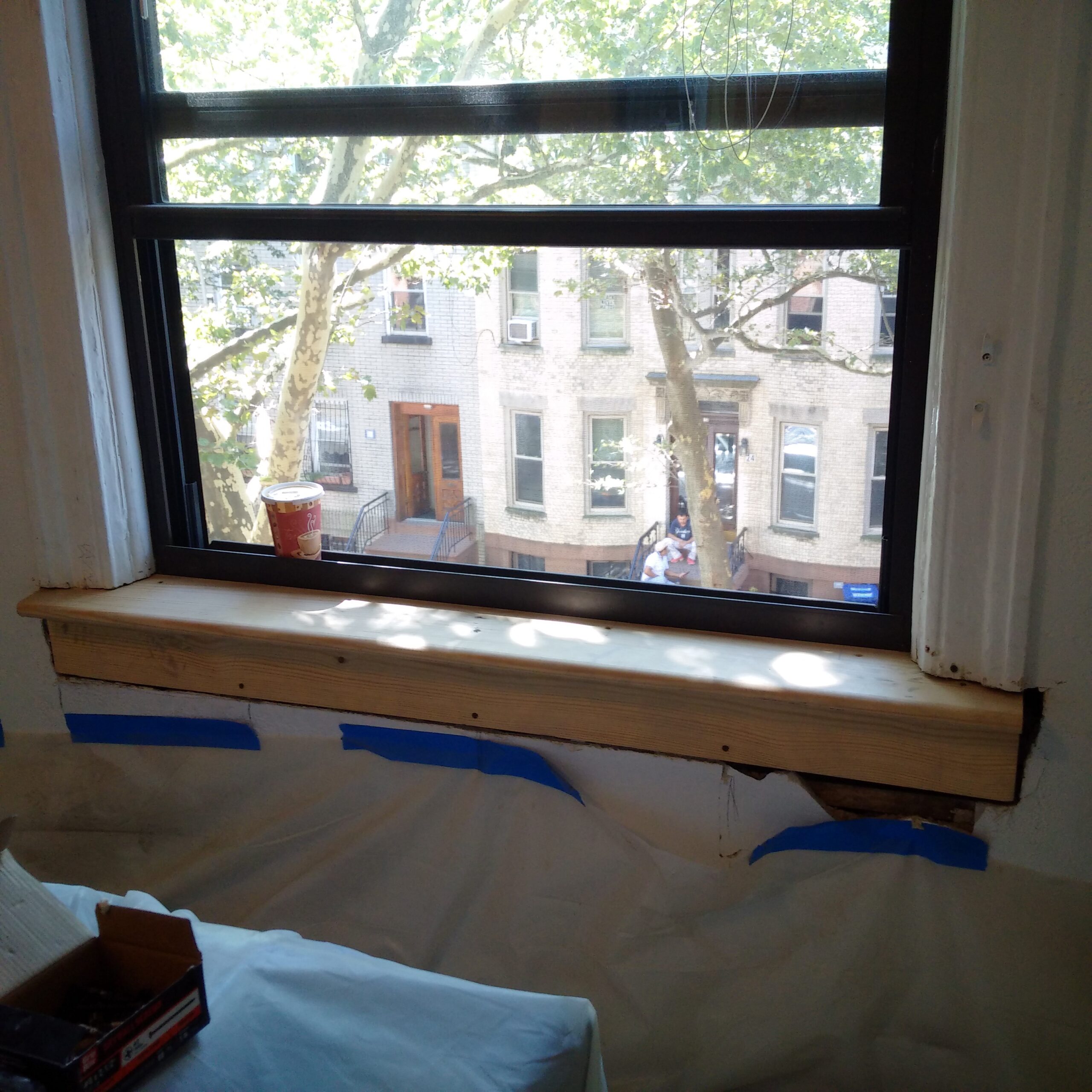Ideal Practices for Ensuring Safe and Comprehensive Lead Violation Abatement
Addressing lead violation abatement requires a multi-faceted method to make certain both safety and conformity. Initial analyses making use of sophisticated detection approaches such as XRF analyzers set the phase for a precise understanding of contamination degrees. Incorporating proper control techniques, consisting of closed barriers and HEPA filtering, paired with the usage of personal protective devices (PPE) for workers, develops the foundation of a secure operation. Precise clean-up methods, including HEPA vacuuming and wet-wiping, are essential. It's the last clearance procedure, involving comprehensive evaluations and laboratory testing, that truly confirms a lead-free environment, ensuring long-term safety and security. Just how do these techniques interconnect to guarantee extensive lead abatement?

First Evaluation
Conducting a preliminary assessment is a critical very first step in lead violation reduction. This stage encompasses a thorough examination of the building to identify the visibility, degree, and details places of lead-based threats. Qualified professionals, such as licensed lead inspectors or take the chance of assessors, should do a comprehensive site evaluation, using devices like X-ray fluorescence (XRF) analyzers to precisely identify and determine lead focus in paint, dust, soil, and water.
The evaluation must likewise include a testimonial of the building's history, previous reports, and any kind of issues or health and wellness concerns reported by residents - Lead Removal Contractors. Recording the searchings for carefully is important, as these documents create the basis for developing an efficient reduction approach. An extensive evaluation additionally entails sampling and laboratory analysis, which are important to validate the presence of lead and guide subsequent actions
Moreover, it is important to interact the outcomes transparently to all stakeholders, consisting of home owners, occupants, and governing authorities. By making certain that the first analysis is performed with accuracy and roughness, specialists can lay a strong structure for a targeted and reliable lead reduction procedure, inevitably securing public wellness and making certain conformity with regulative requirements.
Appropriate Containment
Correct control is important to avoid the spread of lead impurities throughout abatement tasks. Efficiently handling containment decreases the danger of lead dirt and debris moving to non-work areas, thereby guarding both the atmosphere and people outside the instant job zone.

Routine inspections of the containment location are required to examine for breaches or site weak points in the barrier. Any type of recognized problems need to be immediately resolved to maintain the honesty of the containment. By sticking to these practices, abatement tasks can effectively manage lead contamination and mitigate involved wellness risks.
Worker Defense
Ensuring worker protection is paramount during lead reduction tasks to avoid work-related direct exposure to dangerous lead bits. Essential steps include the usage of individual safety tools (PPE) such as respirators, handwear covers, and full-body suits specifically created to obstruct lead dirt and fumes. Employees should go through detailed training on the proper use and maintenance of PPE, consisting of in shape screening for respirators to make certain optimum efficacy.
Engineering controls, such as local exhaust ventilation systems, are important in lessening air-borne lead focus in the job setting. Management controls need to additionally be applied, including limiting the duration of exposure and turning employees to decrease private exposure times. Regular medical surveillance and organic tracking are important for early detection of lead absorption, allowing timely treatment and treatment.
In addition, developing a decontamination method is crucial. Workers must follow stringent purification treatments before breaks and at the end of their shift to avoid lead dust from being lugged outside the workplace. This includes extensive hand and face washing with lead-specific cleaner and altering out of contaminated click over here now apparel.
Thorough Cleaning
Keeping a secure job environment expands past worker defense and includes precise cleanup to make certain lead bits are thoroughly gotten rid of from the website. The process of thorough clean-up is crucial in avoiding the recontamination of the moderated location and safeguarding both existing and future residents.
To attain a detailed cleanup, all workspace must be methodically decontaminated. This includes the use Source of specialized HEPA (High-Efficiency Particulate Air) vacuum cleansers and wet-wiping techniques to record and remove great lead dirt that may have chosen surfaces. It is imperative to clean all horizontal surface areas, including floors, home window sills, and countertops, in addition to upright surfaces that may have entraped lead particles.
Workers have to use proper personal protective devices (PPE) throughout cleanup to avoid direct exposure to recurring lead dirt. Used cleaning products such as wipes, sponges, and wipe heads should be taken care of according to contaminated materials disposal laws.

Last Clearance
Final clearance is the vital ending stage of lead reduction that figures out whether the site is safe for reoccupation. This crucial action entails thorough examination and screening to confirm that all lead dangers have been efficiently eliminated.

Last clearance screening not just safeguards future occupants yet likewise makes certain conformity with regional, state, and federal laws. It offers as a documented validation of the reduction specialist's adherence to sector ideal techniques. Making certain a comprehensive and successful last clearance is vital in guarding public health and fostering count on the reduction procedure.
Conclusion
Guaranteeing secure and comprehensive lead infraction reduction requires a diverse technique incorporating first evaluations with advanced detection methods, effective control strategies, strict worker protection procedures, and precise cleaning procedures. The last clearance stage, featuring thorough assessments and research laboratory screening, is critical to validate compliance with EPA requirements. Adherence to these best practices guarantees a risk-free setting for occupants, mitigates health threats, and maintains governing demands, therefore promoting public health and safety in lead-affected locations.